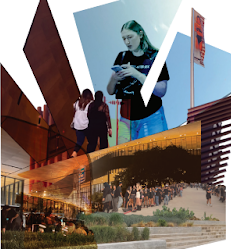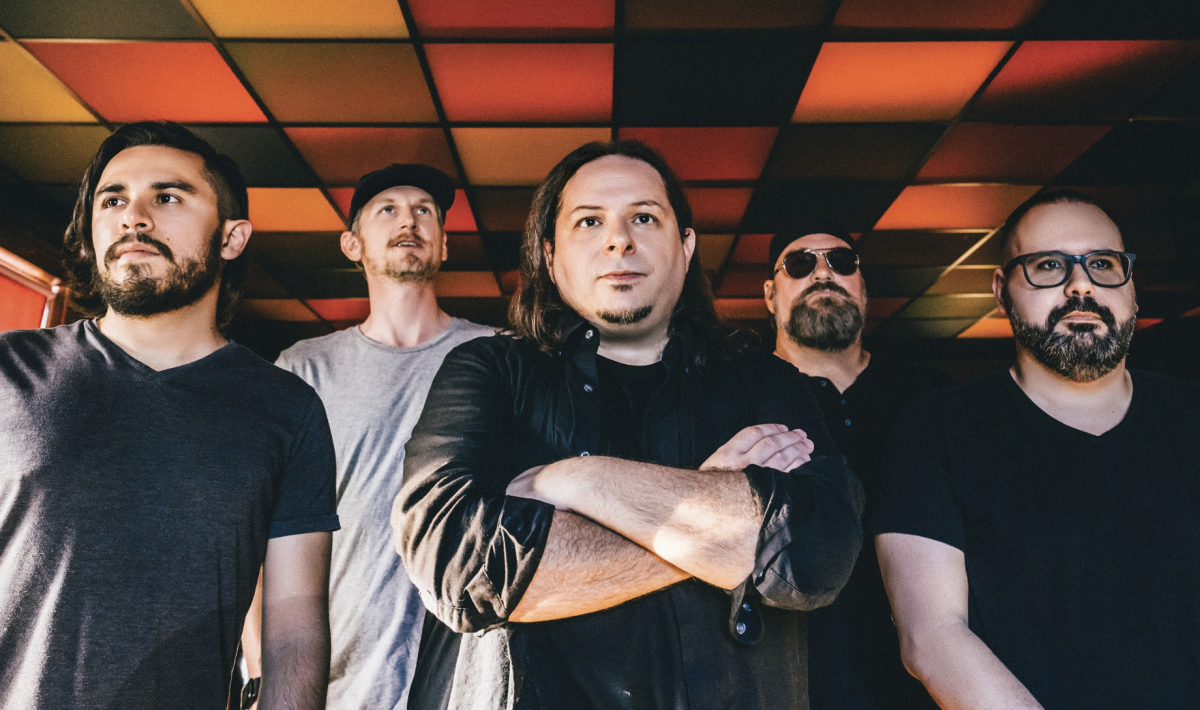Throughout the past 20 years, Austin has seen an influx of residents and visitors with a growth of more than 1 million residents since 2000, according to USA Today Network. In 2022, one of Austin’s most well-known arenas used to host artists was created, and it was dubbed the Moody Center. The influx of visitors has supported local businesses, hotels, restaurants, and retail stores, opening doors for increased revenue for these businesses.
The Moody Center is a multi-million dollar complex designed specifically for concerts. However, other events such as basketball games and comedy shows also take place at the center throughout the year.
Ronnie Hughes, senior account executive at the Moody Center, reflected on Austin’s local music scene before the venue and the level of its impact on the success and popularity of Austin. He recalled ways that the Moody Center has positively impacted the city of Austin, such as connecting and discovering new artists and growing the music scene in Austin.
“I remember us missing out on all the big artists and big shows that were coming and going around,” Hughes said. “I did take note of that. It did seem like it was a lot, so Austin must be the live music capital for small artists.”
Hughes explained the significance the Moody Center has had in allowing larger artists to come to a city known for its small venues and tight-knit shows. The arrival of the over 15,000-seat venue has allowed Austin to host high-profile artists and further solidify its reputation.
“I think it allows [the artists] to come into a great city that they didn’t have a venue to come to before,” Hughes said. “Not only does Austin deserve to be bringing these artists in, but I think the artists do want to come to Austin and see what it’s about and to enjoy it.”
Deric Lewis, the choir teacher at LASA and former Moody Center performer, went into more detail about why artists are coming to Austin. According to Lewis, the effect of the Moody Center and mainstream artists on Austin has led to the growth of the music scene.
“The Moody Center is pretty cool in that it has brought mainstream artists,” Lewis said. “It’s not a mom-and-pop kind of thing. People are sending their music to Austin to be mixed and mastered by people here. That’s just Austin’s music business overall. Austin is home to a lot of musicians.”
Amye Bueno, senior event manager at the Moody Center, described a shift in venue dynamics that allows smaller venues to gain popularity. She believed smaller venues have the upper hand over larger venues like the Moody Center.
“Smaller local shows are more cost-effective,” Bueno said. “They cost people less money to attend than a large show at the Moody Center. These bigger venues are doing a lot to get large shows in Austin, especially with our market. It’s pretty competitive, but I think smaller venues in Austin are learning how to embrace it and find advantages to having large shows here.”
According to Bueno, attendees are more likely to save their money to purchase one major, Moody Center concert ticket rather than distributing it amongst multiple smaller venues. This competition has prompted smaller venues to capitalize on trends, such as hosting themed nights or cover bands that resonate with nostalgic audiences.
“When your favorite band goes on tour and announces they’re going to your city, many people prefer to save for one show rather than going to several smaller shows,” Bueno said. “I think that’s where the competition comes in; deciding how they want to use their money and time.”
Hughes explained the perspective of collaboration rather than competition, and she believed the idea that the Moody Center doesn’t particularly compete with smaller venues. Instead, it attracts attention to the city as a whole.
“While people might be coming from out of town to watch a big artist, they may fulfill their other time by going to some of these smaller venues,” Hughes said. “And then seeing some more of these local artists. I think it works well for them.”
Lewis believed that while Austin has flourished because of the companionship and collaboration between larger and smaller venues, the Moody Center has also presented some challenges. He expressed that the rise of larger venues can marginalize smaller venues.
“They can’t compete with it,” Lewis said.“The technology and stuff that they’re able to have accessibilities and things the smaller clubs don’t have.”
Lewis went on to compare the financial differences of live performances for smaller and larger artists. He attributed the difference of success to the type of venue that these musicians play in.
“It’s just a different, easier situation,” Lewis said. “They simply can afford it more than the smaller artists who are just getting started.”
Even though artists crave the luxuriousness that comes around the Moody Center, many still yearn for live music: the aspect that started Austin’s music industry from the beginning. Even now, audience members mostly prefer the feeling of a smaller live show to the bigger ones, according to Austin Monthly Magazine.
“The biggest piece is exposure and opportunity,” Bueno said. “Currently, there’s a nostalgia for wanting to go back to the bare-bones, super small shows.”
Although there are differing opinions on the relationship between larger and smaller venues in Austin, many have acknowledged the positive impact of the Moody Center on smaller venues, according to Hughes. In particular, Hughes expressed how Austin’s rate of growth for music production has significantly increased, providing both new and large artists with opportunities for success.
“I think we’ve exponentially grown since the Moody Center has come along,” Hughes said. “I think it’ll continue to grow and I guess Moody Center’s name continues to be out there.”
According to Bueno, the Moody Center is continually evolving for the better. She emphasized its effect predominantly on the interests of the audience watching the show at the amphitheater.
“I like to take a step back and realize that the audience chose to be there,” Bueno said. “Some may have waited years for this group to come back or saved all their money for this moment. It’s cool to see because they’re fully enjoying the moment with you. It’s great to see the excitement from both adults and kids. It puts everything into perspective, and the atmosphere is fantastic.”
According to Bueno, the influence of the Moody Center on Austin’s music landscape is profound. By attracting larger artists while still providing space for smaller venues, it creates a multifaceted music scene. The collaborative spirit fostered by the Moody Center enhances the local music ecosystem, ensuring that Austin remains a vibrant destination for music lovers of all kinds.
“It will definitely continue to grow, and I can confidently say that,” Bueno said. “It’s an exciting time. I think it’s only a matter of time before we see creative ways to enhance the music experience in Austin. People see what both Austin and the Moody Center can do, and more artists will want to play here.







